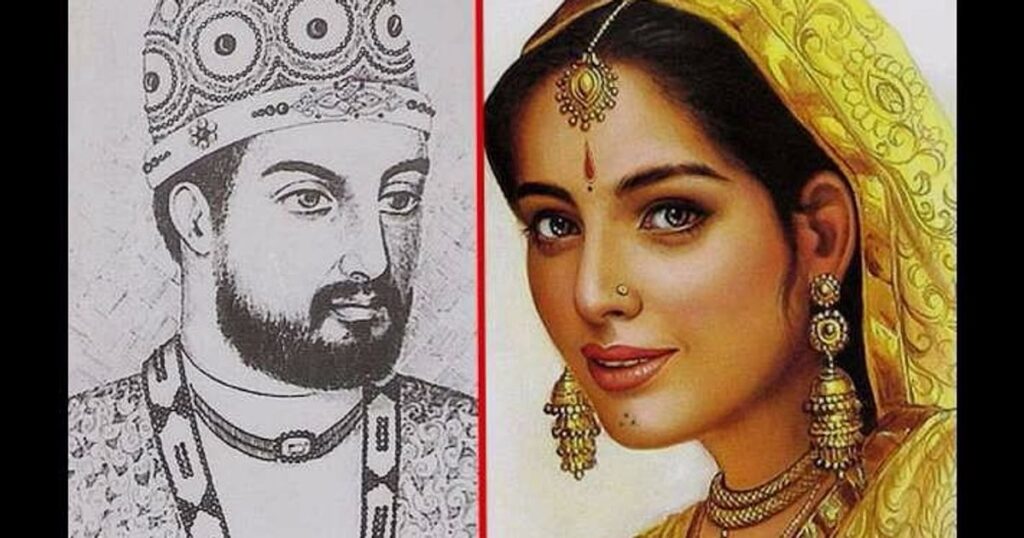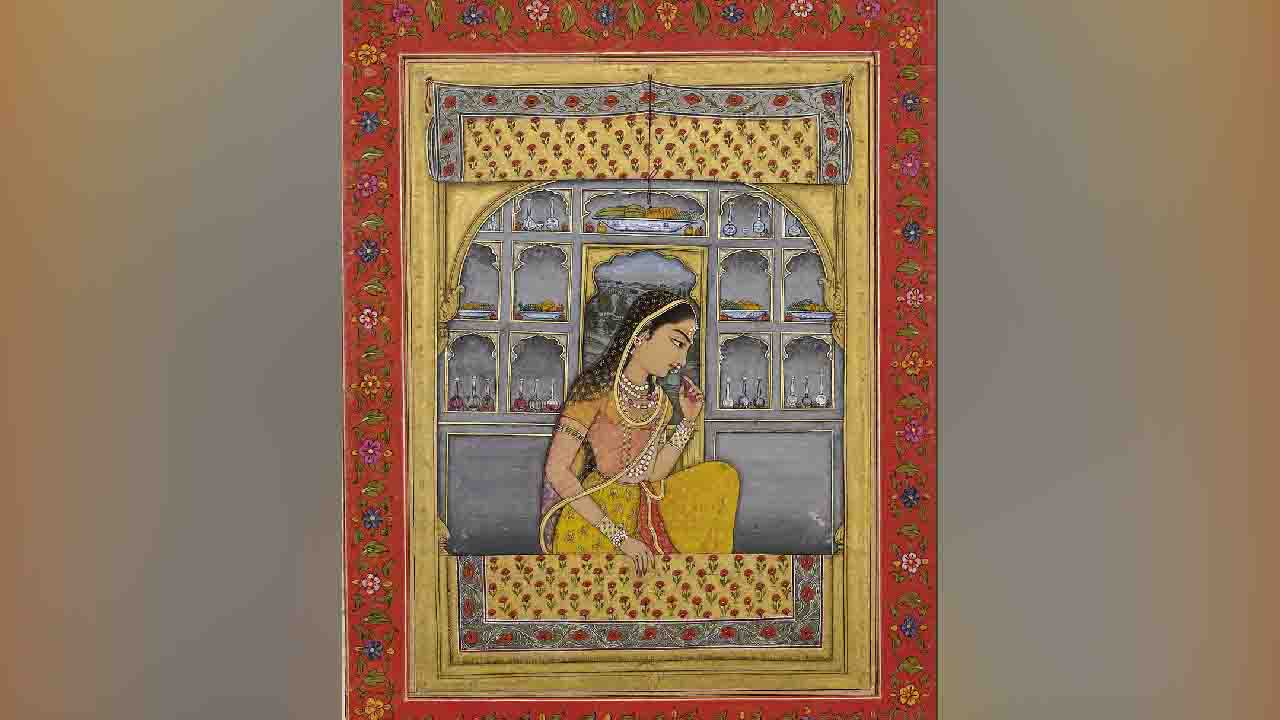Mewar in present-day India. She is widely celebrated for her beauty, bravery, and selflessness in defending her kingdom and people against foreign invaders. Her story has been retold in numerous poems, songs, and films, making her a symbol of Indian womanhood and courage.
Born in the 13th century, Rani Padmavati was the daughter of the king of Singhal, an island off the southern coast of India. She was known for her exceptional beauty, intelligence, and martial skills, which made her a highly sought-after bride. She was eventually married to Ratan Singh, the king of Mewar, and became the queen of one of the most powerful kingdoms in India.
Rani Padmavati’s life changed dramatically when the Delhi sultanate, led by Sultan Alauddin Khilji, invaded Mewar in search of wealth and power. The sultan was known for his cruelty and lust for beautiful women, and he became obsessed with the idea of possessing Rani Padmavati after hearing of her beauty. He offered to spare the lives of Ratan Singh and his people if Rani Padmavati agreed to marry him, but she refused, knowing that she would be subjected to a life of captivity and abuse.
Despite her refusal, the sultan was determined to possess Rani Padmavati and launched a full-scale attack on Mewar. Ratan Singh and his army fought bravely but were eventually overwhelmed, and the sultan captured the king and took him prisoner. In a daring move, Rani Padmavati and the women of the palace dressed as soldiers and launched a surprise attack on the sultan’s camp, freeing Ratan Singh and his men and dealing a major blow to the sultan’s army.

The sultan was enraged by Rani Padmavati’s defiance and launched a final assault on Mewar. In a desperate move, Rani Padmavati and the women of the palace chose to perform jauhar, a ritual of mass self-immolation, rather than surrender to the sultan’s forces. They dressed in their finest clothes and jewellery, lit a pyre, and threw themselves into the flames, choosing death over dishonour.
Rani Padmavati’s story has become a symbol of courage, selflessness, and resistance in the face of tyranny. Her decision to perform jauhar rather than submit to the sultan’s demands has been celebrated as a supreme act of bravery and sacrifice, inspiring generations of women to stand up for their rights and defend their dignity.
Despite the legendary nature of her story, historians disagree on the veracity of Rani Padmavati’s life and legacy. Some argue that she may have been a fictional character created to promote Rajput valour and honour, while others maintain that she was a real person whose story has been embellished over time.
Regardless of the historical accuracy of her story, Rani Padmavati remains an important figure in Indian culture and mythology, representing the ideals of beauty, bravery, and sacrifice. Her legacy continues to inspire women to stand up for their rights and defend their dignity, even in the face of overwhelming adversity.











